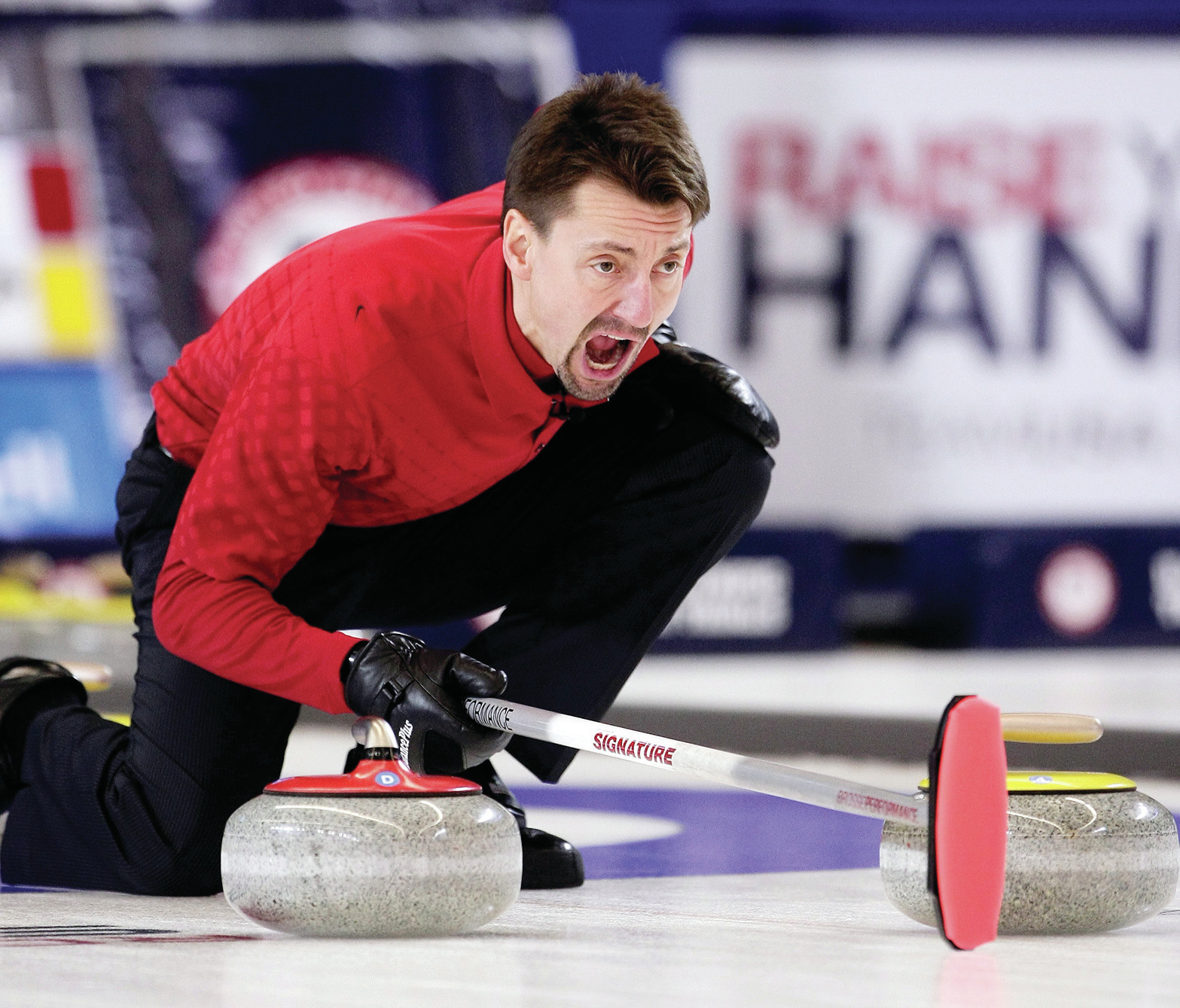Go, Bemidji Beavers!
From the earliest of squads to the mightiest of champions, Bemidji State Athletics has a proud history of success, dedication and sportsmanship. Dive into the history of the green and white and all the athletes who have repped our colors with honor.
Explore by program
The dawn of the Beavers
Bemidji State Athletics dates back to 1921, and it received a true identity in 1932.
President Manfred Deputy was observing football practice one day and, inspired by the team’s effort, remarked that the players were “working hard as beavers.” He called the team into a huddle and, raising his hands above their heads, declared, “I christen this team the Beavers!”
Thousands of student-athletes have repped the green and white ever since. And they have one student to thank for that.
Our time-honored colors were selected during a school assembly in February 1920. After a vote on the colors resulted in a tie, a freshman named Cyrillus Freeman rose from her seat and made a declaration that was accepted unanimously.
“As we sat here discussing this question, I happened to glance out the window,” she said. “The sight that met my eyes was fresh, green pines silhouetted against pure white snow. What could be more appropriate than green and white?”
Explore legacy programs
A lasting impact in green and white
Not much in Bemidji predates Paul Bunyan and Babe the Blue Ox. But Bemidji State Athletics can claim seniority.
Of the 25 intercollegiate sports BSU has ever assembled, none came sooner than men's basketball in 1921. Programs popped up all over Bemidji State Teachers College for the next dozen years, starting with men’s track and field in 1924 and football in 1926. Men’s tennis was the final program born in the 1920s, while baseball followed in 1933.
The first women’s sport to enter the fold was basketball in 1967, while many others formed well before the security or assurances of Title IX.
Eleven of the university’s sports are now defunct, some lasting as long as men’s track (88 seasons) or as little as men’s and women’s cross country skiing (six seasons). But because of the athletes who passionately competed during those windows of opportunity, those program legacies live on.







